With the recent release of release preview of windows 8 there are many who are excited for the new is and there are many that are scared and/or hating it. the addition of the new metro UI and the subtraction of the traditional start menu has many of the hardcore and power users feeling betrayed by Microsoft. what these naysayers might not understand is the real reason for why Microsoft went in this direction. They recognize the shift in mobile computing and the evolution of the digital lifestyle.
The New Digital Lifestyle
We do so much with out mobile devices today. Even more than we did a year ago. On a smartphone you can check email, browse the web, use apps to manage your bank account, edit documents, check the weather, get turn by turn GPS directions, watch movies, listen to music, play games and even make the occasional phone call just to check to make sure that phone calls still work . Much of this can also be used on a tablet as well with the added functionality of a larger screen which makes watching movies and playing game so much more immersive experience and the ability to attach a keyboard to help from productivity standpoint. But the keyword here is productivity. Smartphones and tablets are geared more from a content consumption standpoint versus content creation and while you can create on these devices it’s no where near the level that you can create on a laptop or desktop computer. Microsoft is trying to provide the solution to that issues with Windows 8.
Metro UI Is For The Casual Consumer, Windows 7 Is The “New” XP For Power Users
With Windows 8 the Metro UI now provides a unique and intuitive way to interact with touch screen devices. The interface takes a much more consumer friendly approach than ever compared to earlier versions of Windows. Starting with Windows XP Microsoft has pushed out a more casual consumer friendly look and feel to their UI. Now its taken them a few versions of Windows to get to this point so you can’t say you didn’t see this coming and it’s clear that Windows 7 is meant to take the current place of XP as the traditional desktop OS stronghold.
With that new Metro UI you have a full version of Windows running underneath it. That allows for full blown programs that are both tailored to the new Metro UI touch screen experience and the classic desktop. This will also allow for much more power hardware that will run spec for spec against current generation laptops. The idea is the combine productivity with content consumption. These are two things that current tablets that run Android and iOS don’t fully offer just yet.
Windows 8 Is for the Hybrid Ultrabook
Windows 8 is meant for the surging tablets market that I believe will eventually merge into the laptop market and a new hybrid ultrabook market will be born. To me this makes total sense looking at what has happened with the mobile computing market. We started this journey with netbooks which provided simple but slow and un-scalable computing. Next came the tablets which for the most part have as much power if not just a bit more than netbooks have in terms of hardware but the software is the key here as it tailored to work with the form factor and could do everything a netbook could do but faster and easier. But since these tablet were really focused on consuming content and not the creation and productivity here is still a desire to have a laptop to get the ‘real work done,” but consumers wanted these notebooks to come thinner, lighter, last longer and more powerful and so emerge the ultrabook class to run along side the tablets to join in with the smartphone to create the 3 mobile device ecosystem users are in.
Consumers Want to Carry Less That Does More
While all 3 of these devices are portable and lightweight, the desire to cut that number back down to two will eventually come and these products will merge into one and we will have the hybrid laptop market or hybrid tablet market, whichever name catches on. I often use the example of the Asus Eee Pad Transformer Prime as what this new market will create. Imaging a device like that with a Core i5 processor, 4 GB or RAM and 128 GB of Solid-State Storage (SSD) with a 11 inch touch screen display running Windows 8 and has the ability to have the traditional form factor of a keyboard and touch pad for traditional desktop computing and being able to detach the keyboard and have a full tablet experience. The possibilities here are endless and will be what the consumers wants.
Windows 8 Is The Future, Adapt To Change
This is the future folks, just face it. Where Microsoft is heading is the right direction for business and for where the future of mobile computing is going. The way we use computers today is changing rapidly and if your smart you will adapt to the change and not become resistive and this will only make your digital life not only easier but eventually better.






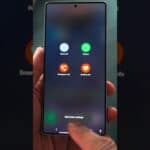
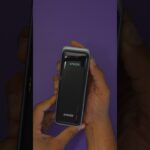
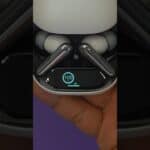
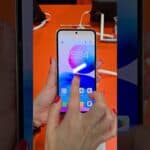




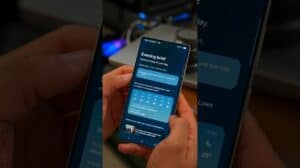
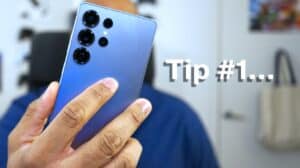
Comments